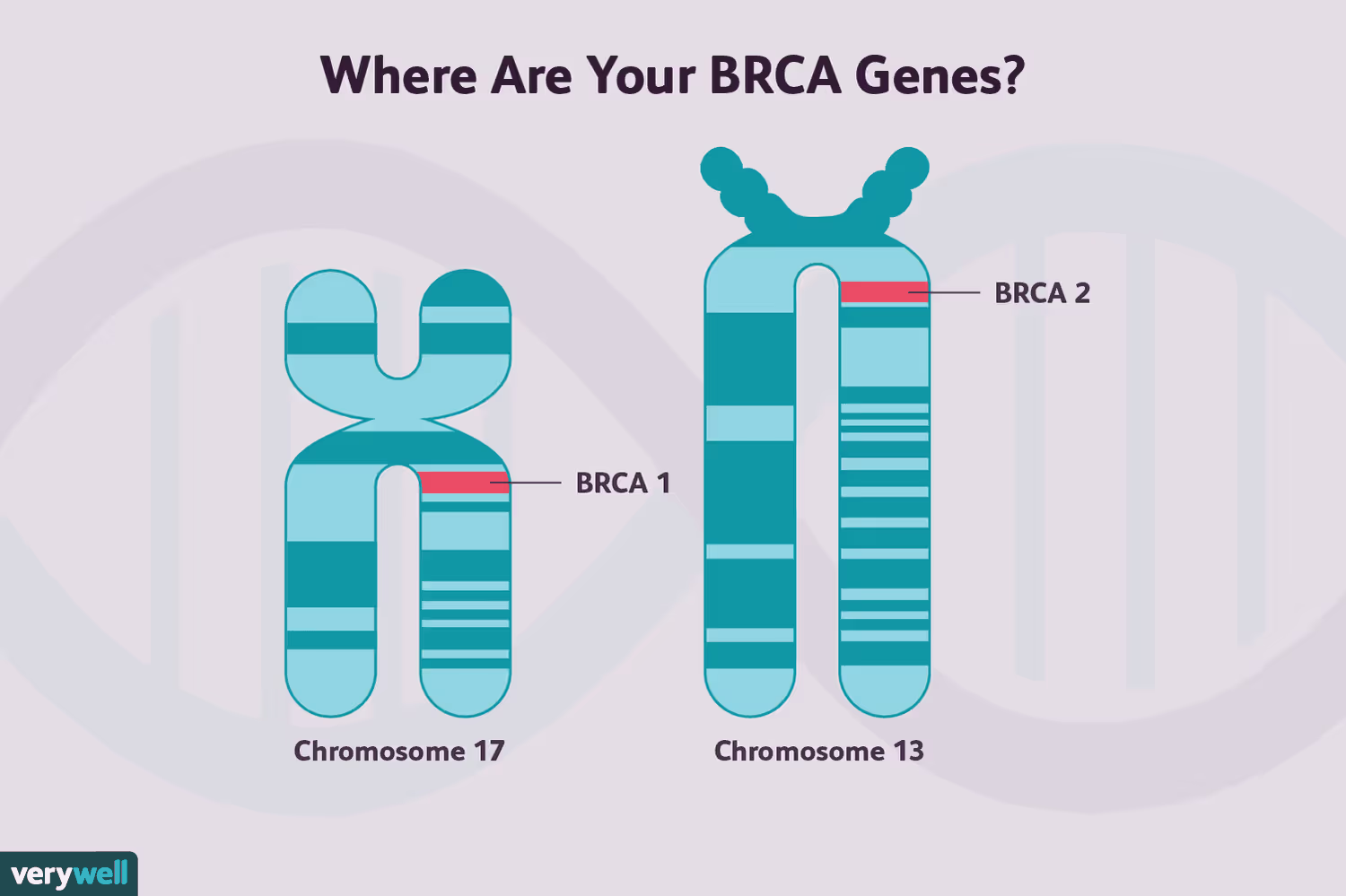Breast Cancer Risk Calculator: Calculate Your Cancer Risk In 2 Minutes
By using a breast cancer risk calculator, whether your results are low-risk or high-risk, you can take proactive steps to protect your health.

Breast cancer is one of the most common cancers affecting Australian women. While early detection is critical, understanding your risk of developing breast cancer through a breast cancer risk assessment can be beneficial. This is where breast cancer risk calculators can help. These tools offer a personalised way to estimate your risk and take proactive steps toward prevention.
In this article, we’ll explain how different breast cancer risk calculators work, what they measure, and how they’re used. We’ll also discuss what to do if your results aren’t favourable and provide actionable steps to improve your outcomes.

Breast cancer risk calculators are online or software-based tools that estimate your likelihood of developing breast cancer. By analysing personal and medical data, these calculators provide insights that can guide proactive healthcare decisions.
They can serve different purposes, from estimating lifetime risk to assessing recurrence risk for those previously diagnosed. Examples include:
Gail Model: Estimates a woman's risk of developing invasive breast cancer over the next 5 years and throughout her lifetime (up to age 90). Primarily intended for women without a strong family history of breast cancer.
BOADICEA Tool: Specifically looks at genetic risk and calculates the risk of developing breast and ovarian cancer, as well as the likelihood of carrying pathogenic variants in breast cancer-related genes (e.g., BRCA1/BRCA2, PALB2).
Tyrer-Cuzick Model: Combines hormonal, lifestyle, and genetic data to estimates the 10-year and lifetime risk of developing breast cancer.
IBIS Breast Cancer Risk Evaluation Tool: Another name for the Tyrer-Cuzick model, focusing on family history and other factors.
These tools are not diagnostic but provide a valuable starting point for discussions with your doctor and other health professionals.

Each risk calculator measures slightly different factors. Common metrics include:
These metrics help in estimating the likelihood of developing invasive breast cancer over specified periods.
By combining these factors, the tools generate a risk score. For example, the Gail Model provides a percentage likelihood of developing breast cancer over the next 5 years and your lifetime.
Using a breast cancer risk calculator helps you understand where you stand. This knowledge can empower you to:
These calculators are especially useful for women in their 40s to 70s, the age group most affected by breast cancer.
Getting a high-risk score from a breast cancer risk calculator can be unsettling, but it’s important to remember it’s not a diagnosis. Here’s what to do next:
While you can’t change some factors, like family history or genetics, there are ways to reduce your overall risk:
Are Breast Cancer Risk Calculators Accurate?
These tools provide estimates, not guarantees. Their accuracy depends on the data entered and the model used. Always confirm results with a healthcare professional. These tools have been validated for various racial and ethnic groups, including Pacific Islander women.
Who Should Use a Breast Cancer Risk Calculator?
Anyone concerned about their risk, especially women with a family history of breast cancer or other risk factors. These tools can facilitate prevention and screening discussions with your healthcare provider.
Can Men Use Breast Cancer Risk Calculators?
While rare, men can develop breast cancer. Some calculators include male-specific risk factors, but consultation with a specialist is often more helpful. These tools can help in assessing the risk of developing invasive breast cancer in men.
By using a breast cancer risk calculator, you can take proactive steps to protect your health. Whether your results are low-risk or high-risk, there are actions you can take to stay ahead. These tools can facilitate screening discussions between women and their healthcare providers, encouraging proactive health management. At Everlab, we use cutting-edge diagnostics and personalised care to reduce your risk of diseases like cancer, heart disease, diabetes and more before they happen.




Join 1000's of Australians improving their health with proactive, personalised healthcare.